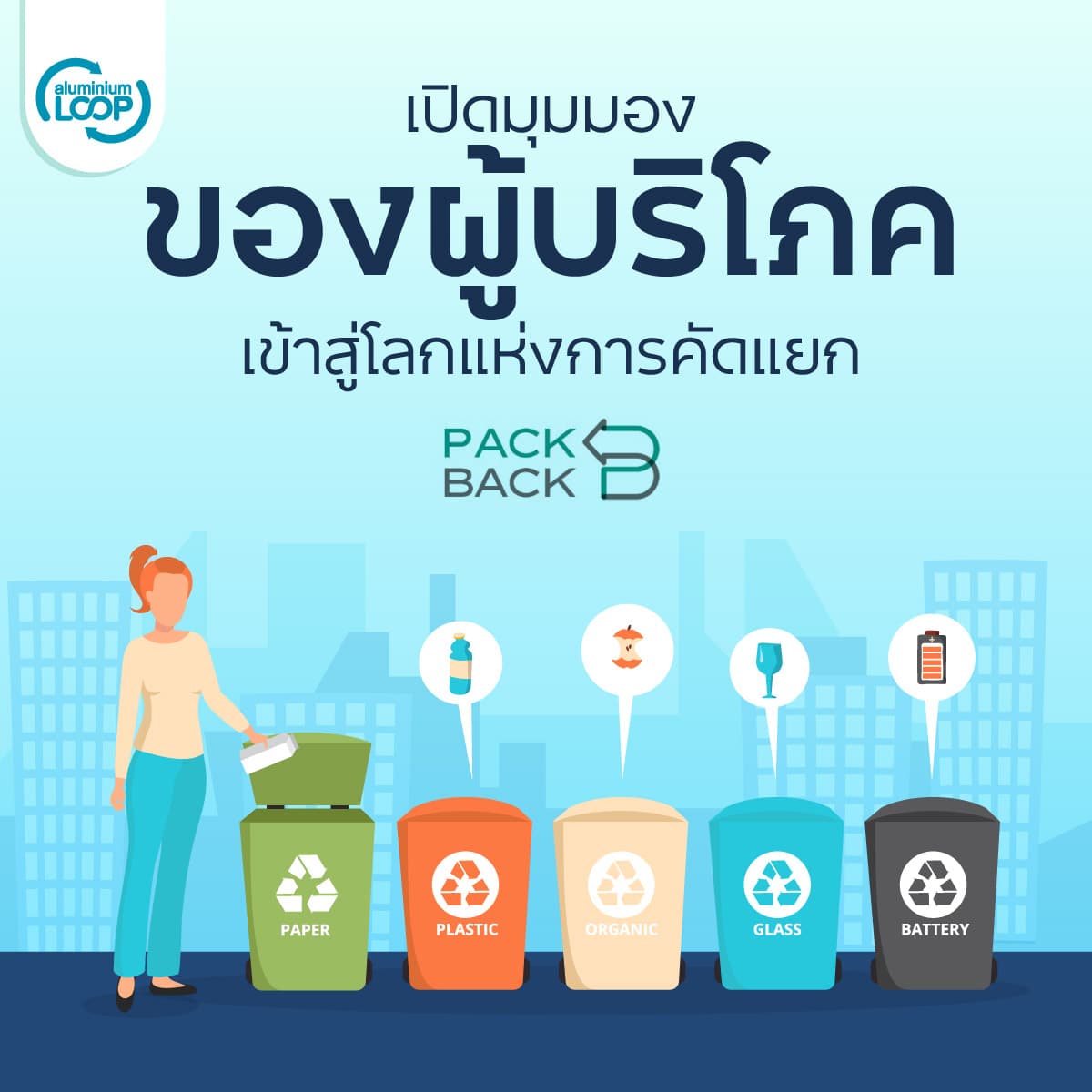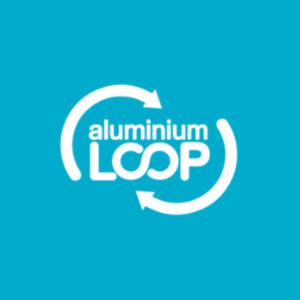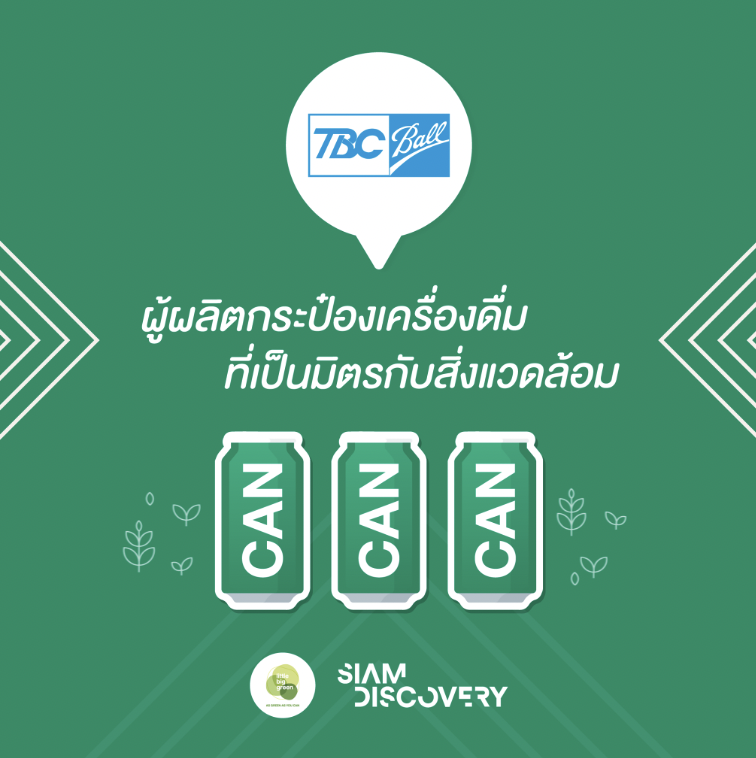
Opening up Consumers’ Perspectives to the World of Waste Separation
Consumers have a key role in waste separation after consumption to make sure it goes to the right and effective disposal places.
Did you know that the life cycle of packaging has parts that impact the environment? That’s why there’s a need to evaluate the life cycle of packaging to help our world from the impacts that occurred…
Today, as the world is deteriorating with various environmental issues, many sectors are trying to solve these problems, whether from the source or the end. That’s a fix to what has already happened. The important thing is how to develop, improve, and prevent further environmental impacts.
All products in the 4 factors that you consume every day are wrapped in packaging to protect them. Eventually, these packages become waste that may or may not be recyclable and end up in landfills. However, producers continue to produce endless packaging to meet the ever-increasing consumption every day.
It’s not just about how to manage waste from packaging to minimize environmental impact, but it starts from the procurement of raw materials that need to be considered for the environmental impact of using each type of packaging.
The principle used here is…
LCA (Life Cycle Assessment), which is a quantitative assessment of the environmental impact of a product, covering all stages from raw material acquisition, production, transportation, product use, and waste management after use.
To understand how each type of packaging has its life cycle and how it impacts the environment, we need to delve into these 5 parts of the cycle:
Every kind of packaging material comes from natural resources, which need to be extracted, mined, or harvested through various processes. For example, exploring and drilling for oil to produce plastic bottles, mining bauxite for aluminium cans, extracting silica for glass, and logging for paper packaging.
None of these raw materials for packaging come without environmental impact. For instance, logging for paper production affects the atmosphere, water sources’ humidity, soil fertility, and biodiversity.
Each type of packaging has a different manufacturing process, which inevitably comes with waste emissions, both hazardous and non-hazardous to the environment. For instance, CO2 emissions during glass and aluminium melting contribute to global warming. Also, untreated wastewater from cleaning processes in manufacturing, which hasn’t been properly treated according to the standards set by the law, can contaminate natural water sources with chemicals.
Many might not realize that transportation is also a part of the packaging life cycle. It’s a crucial step transitioning from production to consumption.
Due to the different shapes and weights of packaging types, their transportation differs. For instance, aluminium cans are lightweight and easily transported over long distances, allowing for large quantities to be moved at once, saving energy and reducing emissions. In contrast, glass is heavier and more prone to breakage, limiting how much can be transported at a time, leading to more emissions from transport.
Usage pertains to human consumption activities, where what’s left after consumption is the packaging, destined to become waste. Whether it’s plastic bags, paper bags, aluminium cans, or glass bottles for drinks, the future of these packaging wastes depends on how the users manage them.
The lifecycle impact of packaging at this stage isn’t directly assessed based on the packaging itself but rather on how users contribute to the environmental impact through their waste management practices.
Recycling is a valuable end-of-life waste management method for packaging because it allows materials to be reused repeatedly as raw materials for the same type of packaging. Packages made from mono materials, like glass bottles or aluminium cans, are recyclable. For example, aluminium cans produced in Thailand contain up to 70% recycled content (this varies by country). Glass bottles can also be reused several times before being recycled, which has minimal environmental impact, provided they are cleaned properly for reuse.
However, not all types of packaging can be recycled indefinitely, especially those made from mixed materials like some paper cartons that can’t be recycled back into new cartons due to their mix of paper, plastic, and aluminium. These can be downcycled into products like roofing or furniture.
The type of packaging and its recycling efficiency mean that each packaging’s lifecycle can vary in length. Some may have shorter lifecycles because they can’t be recycled into the same type of packaging again, unlike others that can be recycled indefinitely.
This shows that the lifecycle of a product or its packaging can impact the environment at every stage. As a consumer, you can help reduce environmental impact by choosing environmentally friendly packaging from the acquisition of raw materials to post-use management. This article exemplifies how lifecycle of certain packaging types affect the environment.
Your choices matter because they signal to producers what consumers demand, guiding them to develop and improve products sustainably. How much do you want to harm our planet with your packaging choices?
And to dive deeper into assessing the environmental impact of various packaging types, stay tuned for our next article. Don’t miss out!


Consumers have a key role in waste separation after consumption to make sure it goes to the right and effective disposal places.

Aluminium cans, known as environmentally friendly packaging, are reputed to be fully recyclable. But does the color on the cans affect their recyclability?

TBC Ball’s initiative to make drink cans a sustainable packaging option, particularly from an environmental perspective.